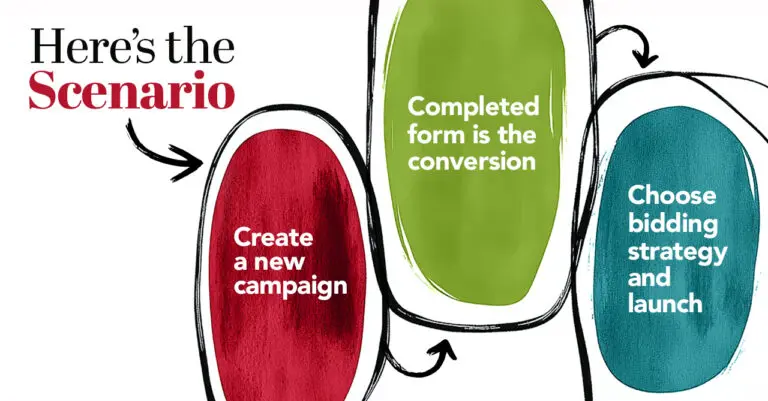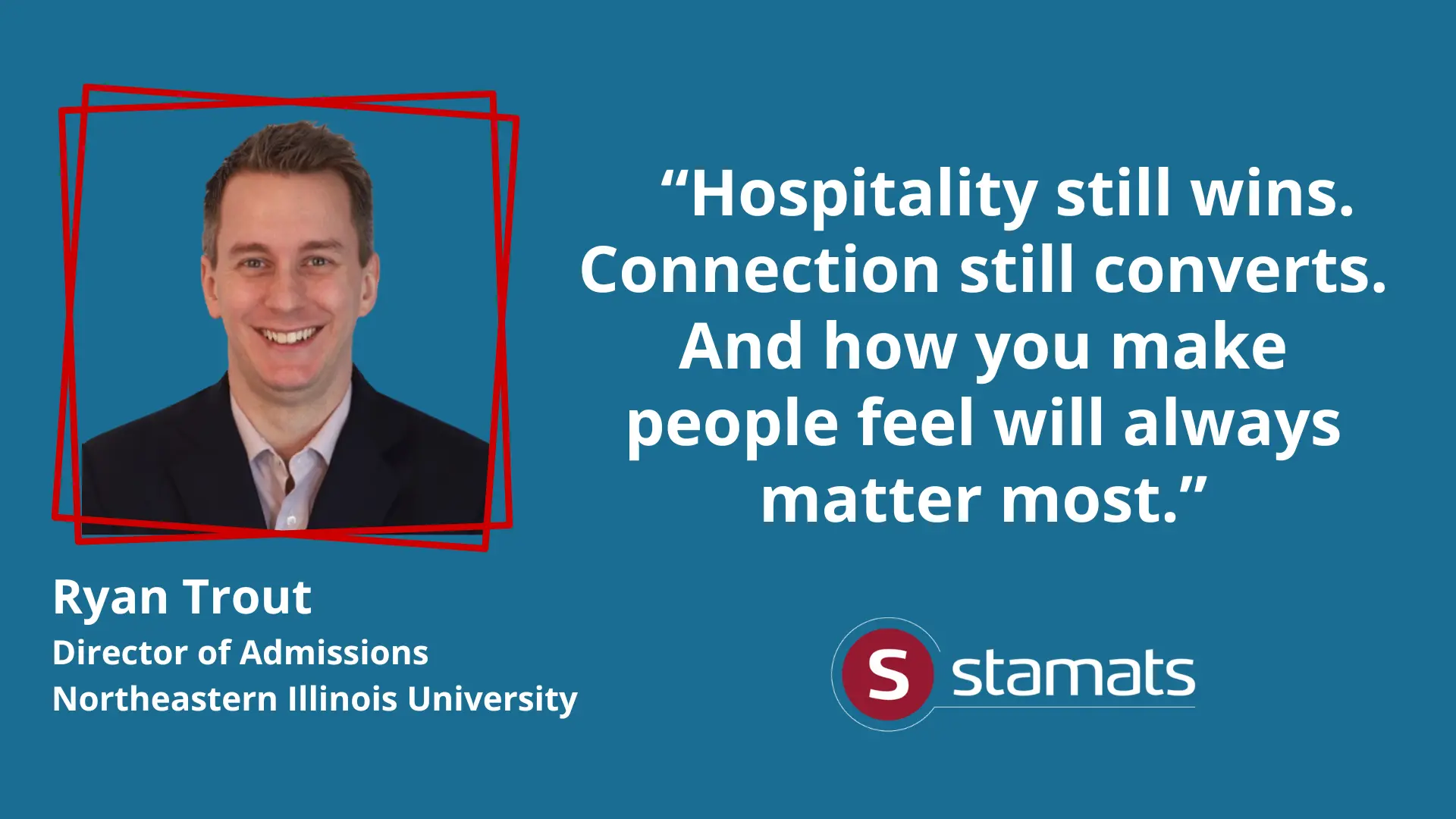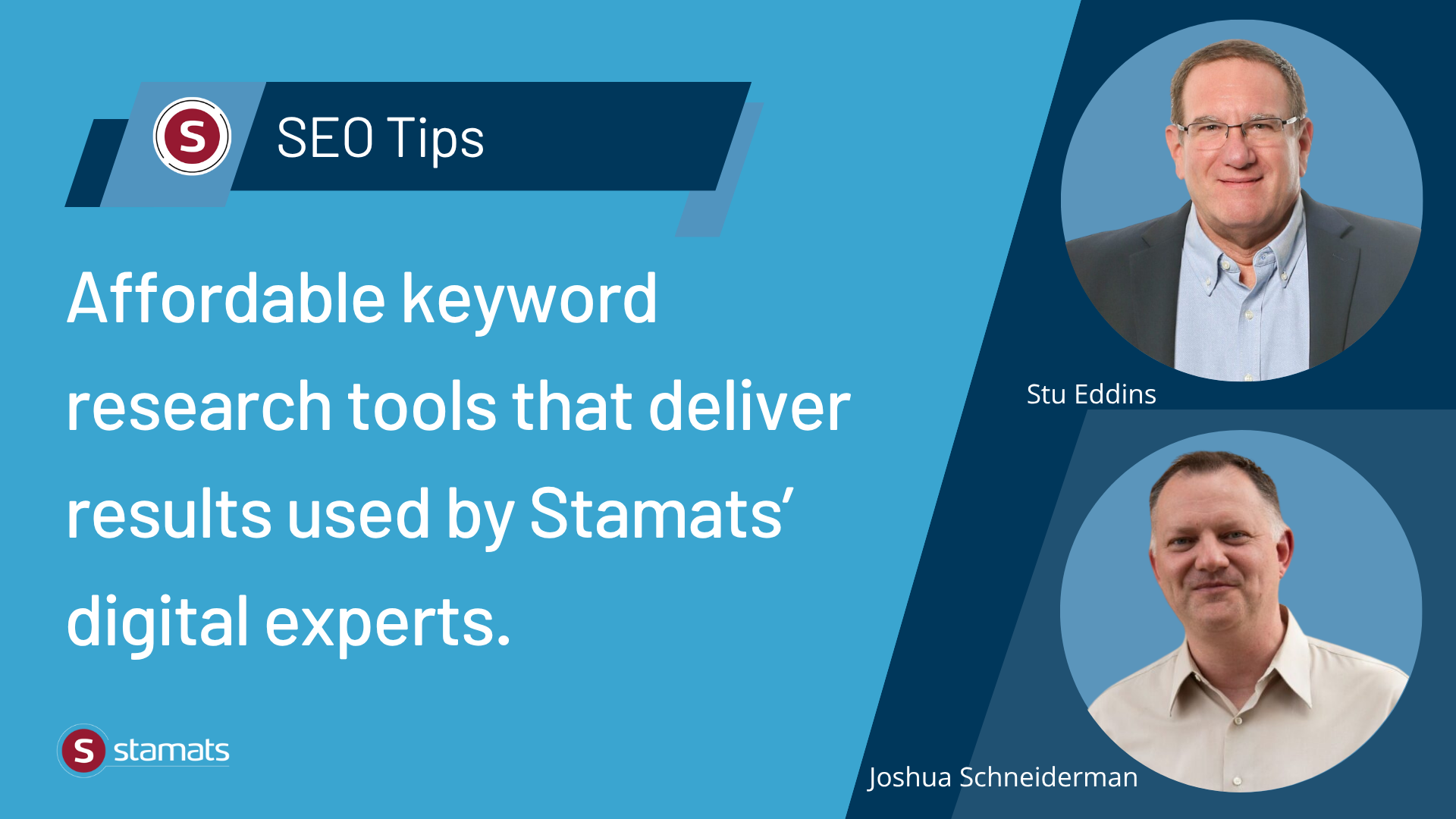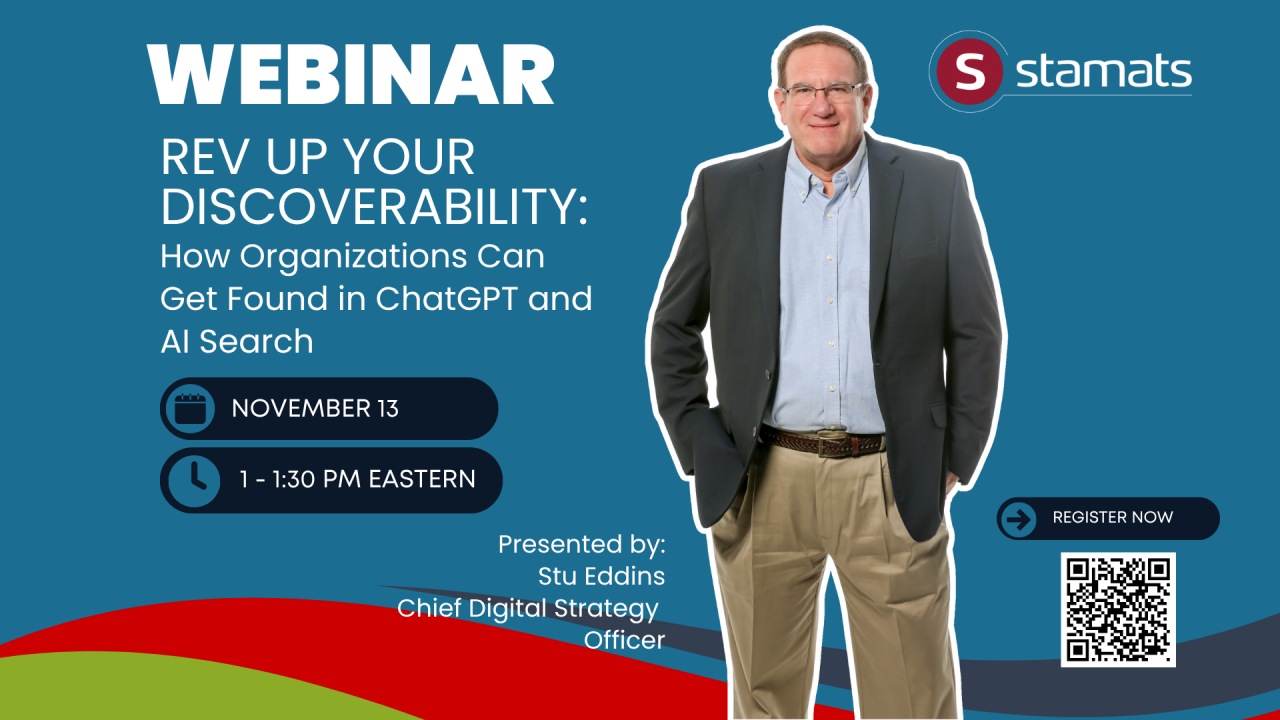Written by
on

Outside of direct buys, digital advertising operates using an auction and bid system. As an advertiser, you bid against competitors for the right to serve your text ad to a search results page or your banner ad to a target audience on the host website.
What started out in the early 2000s as a complex system of manual interactions has morphed into today’s complex automated auction system.
In 2025, advertising platforms will begin to move advertisers toward fully automated bidding strategies. Google is even removing their semi-automated e-CPC bidding option, leaving advertisers with either fully manual bidding or AI-driven automated bidding—and nothing in between.
While manual bidding is viable for some advertisers, it’s not a good option for most.
Advertisers who use manual bidding usually target a very small group of highly specific keywords. Or they rely on advertising automation through third-party platforms such as Adroll, Optmyzr, or Adobe Experience Cloud.
Looking at Google and Bing, there are four fully automated bidding strategies to choose from, each with a specific focus:
- Maximize Conversions: Uses AI to analyze dozens of signals to bid higher for users who are predicted to give you a conversion.
- Maximize Conversion Value: A good option for advertisers with multiple conversions and different values. It also uses AI but adds an evaluation of which type of conversion the user is likely to perform.
- Maximize Clicks: As the name suggests, this strategy works to deliver the maximum ad clicks the budget can afford.
- Target Impression Share: A competitive strategy for campaigns crowded with competitors, this is used when cost-per-click is less important than ad position above a competitor.
In this article, we will focus on the two most common strategies used in lead generation: Maximize Conversions and Maximize Conversion Value.
Automation Needs Data
I can promise you this: Going forward, any solution that relies on automation will need a specific amount of data to act on or it won’t work very well, if at all.
Self-driving cars crashed into a lot of things before they had enough data to know how to avoid those collisions. It’s easy to win video games until they collect more data on your choices and behaviors. Amazon’s recommendations can be almost laughable until the system learns more about what products you look at and purchase.
The bidding automation in digital advertising also needs enough data to work properly. And in the case of conversion-based bidding, the required data includes a minimum count of conversions. This applies to both the Maximize Conversions and Maximize Conversion Value strategies.
Let’s Talk Conversions
In digital advertising, particularly for any ad platform like Google and Bing, conversions are managed at the account level and not at the campaign level. Because of this, bidding strategies assess conversion data from across the entire account.
Here’s the scenario:
- We need to create a new campaign in our account
- That campaign will target a completed contact form as its conversion action
- We selected one of the two Max Conversions bidding strategies and launched the campaign
For the Maximize Conversions strategy to work, it needs data from people who have successfully completed the targeted form so that it knows the common online behaviors of people to bid on for this new campaign.
Campaigns Need Success Data to ‘Learn’
From Google’s documentation and after a lot of field testing, we know that a minimum of 30 conversions per month are required for bidding automation to work properly. However, earning 50 to 60 conversions per month is the goal. In the example above, our account either has this volume of form conversions per month or it doesn’t:
- If there have been 30 or more form conversions per month, the new campaign is off to the races and there is no need for the bid automation to fill gaps in the conversion data.
- If there have been fewer than 30 form conversions per month or if the form is a brand-new goal conversion without any historical data, we have a data problem.
If we start using a Max Conversions bidding strategy without enough historical conversion data, the automated bidding system will spend a lot of our money testing who to serve ads to and trying to learn enough to fill the gap. That expensive learning stage will last until the form conversions meet the minimum expected volume.
If there hasn’t been enough conversion volume to feed Max Conversions sufficient data, we need to use another bidding strategy to drive traffic until the account has met the required conversion minimums.
“You must first have something before you can maximize it. How do you maximize zero?”
Starting Without Enough Conversion Data
We often launch campaigns that target conversions with low volumes; it’s common, especially for new services or programs. For these campaigns, we launch using the Maximize Clicks bidding strategy to drive traffic and conversion counts. Once we’ve consistently earned 30 conversions per month, we switch to one of the Max Conversions strategies.
If the count of conversions drops below the 30 per month threshold for several weeks or a month, auction costs will go up as the AI system goes back into learning mode.
There is up to a two-week learning period for the bidding AI each time the bidding strategy is changed. During learning, conversion performance will drop, and daily cost will increase. For this reason, frequently moving back and forth between bidding strategies is not advised.
Summary
Digital ads platforms offer fully automated bidding strategies and it’s smart to know when and how to use each. In the case of Maximize Conversion strategies, to be effective there needs to be historical performance in the account of 30 conversions in 30 days for the targeted goal. Otherwise, the bidding automation will spend a lot of money trying to learn enough to fill the data gap.
When launching a campaign that targets a new conversion action, or an action with too little conversion volume, start by using the Maximize Clicks bidding strategy. Then when the campaign consistently earns 30 of these conversion actions per month, switch to a Max Conversion strategy.
Parting Thought: Budget and Cost Per Conversion
If there must be a minimum of 30 conversions every 30 days, that means that across all campaigns targeting that conversion, the minimum required monthly budget must be at least 30X the average cost per conversion. For example, if the average cost for the form conversion is $80, the monthly budget across all campaigns targeting that conversion must total at least $2,400.
Note: If the campaigns target more than one conversion action, the minimum budget is 30X the average cost for each conversion action:
- $80 average cost per form fill
- $40 average cost per phone call
- (30 x $80) + (30 x $40) = $3,600 minimum budget per month across all campaigns targeting both the form fill and phone call
These are the minimum costs. Remember that 50-60 conversions per month, per conversion action, is considered the ideal target and best practice.


